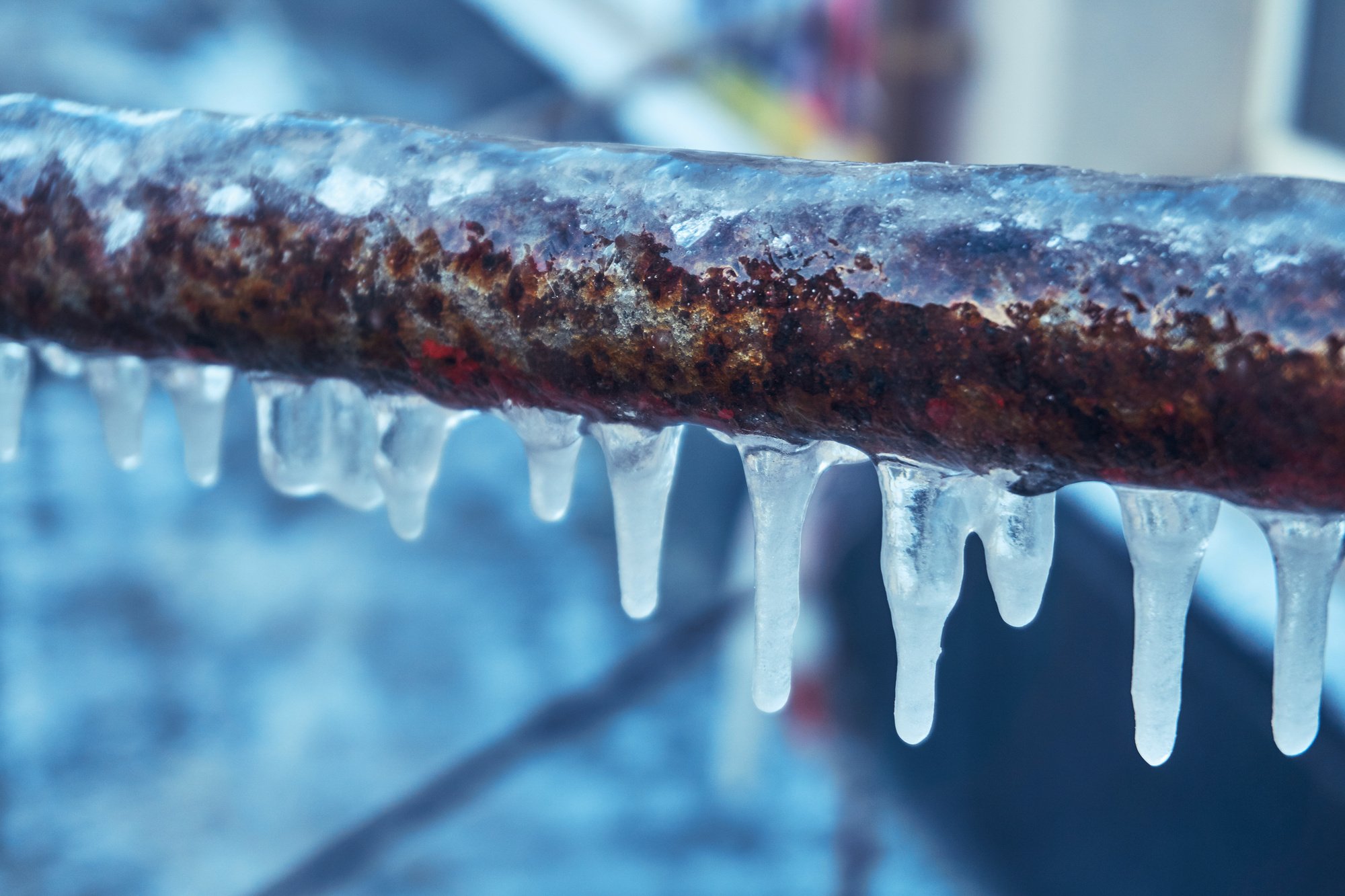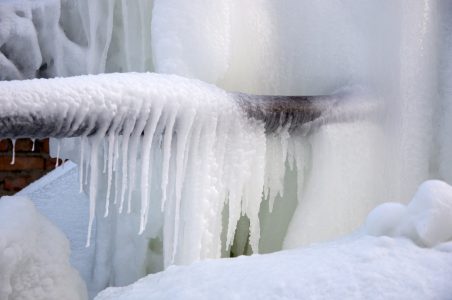Ways to Protect Pipes from Cold Weather: Professional Tips
Ways to Protect Pipes from Cold Weather: Professional Tips
Blog Article
Listed here in the next paragraphs you can find lots of outstanding points regarding Winter Plumbing Precautions: Preventing Frozen Pipes.

Cold weather can ruin your pipes, specifically by freezing pipelines. Here's exactly how to prevent it from taking place and what to do if it does.
Introduction
As temperature levels decrease, the danger of icy pipes rises, potentially leading to expensive repair services and water damages. Understanding exactly how to stop icy pipelines is critical for house owners in cold climates.
Understanding Icy Pipes
What causes pipelines to freeze?
Pipelines ice up when subjected to temperature levels below 32 ° F (0 ° C) for extended durations. As water inside the pipelines freezes, it increases, putting pressure on the pipe wall surfaces and potentially causing them to burst.
Dangers and damages
Icy pipelines can cause water supply disruptions, residential or commercial property damage, and pricey repair services. Ruptured pipelines can flood homes and create considerable architectural damages.
Signs of Frozen Pipes
Determining icy pipes early can avoid them from breaking.
Exactly how to recognize frozen pipes
Seek decreased water flow from faucets, uncommon odors or sounds from pipes, and noticeable frost on exposed pipes.
Avoidance Tips
Insulating at risk pipes
Cover pipes in insulation sleeves or make use of warmth tape to safeguard them from freezing temperature levels. Concentrate on pipes in unheated or exterior areas of the home.
Heating methods
Maintain interior rooms effectively heated, particularly locations with pipes. Open cupboard doors to enable cozy air to circulate around pipes under sinks.
Securing Outdoor Pipes
Yard tubes and outdoor faucets
Detach and drain garden hoses prior to winter season. Install frost-proof spigots or cover outdoor faucets with insulated caps.
What to Do If Your Pipes Freeze
Immediate actions to take
If you suspect frozen pipes, keep taps available to relieve stress as the ice thaws. Make use of a hairdryer or towels soaked in hot water to thaw pipes slowly.
Long-Term Solutions
Structural changes
Think about rerouting pipes far from outside walls or unheated locations. Include additional insulation to attics, basements, and crawl spaces.
Updating insulation
Buy top quality insulation for pipes, attic rooms, and walls. Proper insulation assists maintain consistent temperatures and decreases the threat of frozen pipelines.
Conclusion
Stopping frozen pipes calls for proactive steps and fast feedbacks. By recognizing the reasons, signs, and safety nets, home owners can protect their plumbing during winter.
5 Ways to Prevent Frozen Pipes
Drain Outdoor Faucets and Disconnect Hoses
First, close the shut-off valve that controls the flow of water in the pipe to your outdoor faucet. Then, head outside to disconnect and drain your hose and open the outdoor faucet to allow the water to completely drain out of the line. Turn off the faucet when done. Finally, head back to the shut-off valve and drain the remaining water inside the pipe into a bucket or container. Additionally, if you have a home irrigation system, you should consider hiring an expert to clear the system of water each year.
Insulate Pipes
One of the best and most cost-effective methods for preventing frozen water pipes is to wrap your pipes with insulation. This is especially important for areas in your home that aren’t exposed to heat, such as an attic. We suggest using foam sleeves, which can typically be found at your local hardware store.
Keep Heat Running at 65
Your pipes are located inside your walls, and the temperature there is much colder than the rest of the house. To prevent your pipes from freezing, The Insurance Information Institute suggests that you keep your home heated to at least 65 degrees, even when traveling. You may want to invest in smart devices that can keep an eye on the temperature in your home while you’re away.
Leave Water Dripping
Moving water — even a small trickle — can prevent ice from forming inside your pipes. When freezing temps are imminent, start a drip of water from all faucets that serve exposed pipes. Leaving a few faucets running will also help relieve pressure inside the pipes and help prevent a rupture if the water inside freezes.
Open Cupboard Doors
Warm your kitchen and bathroom pipes by opening cupboards and vanities. You should also leave your interior doors ajar to help warm air circulate evenly throughout your home.

As a devoted person who reads on Winter Plumbing Precautions: Preventing Frozen Pipes, I thought sharing that excerpt was really useful. Sharing is good. You won't know, you will be doing someone a favor. Many thanks for being here. Please stop by our blog back soon.
Click Here Report this page